BMW stands as a prestigious luxury automaker, renowned for its exceptional German engineering and remarkable driving dynamics. The brand has earned its reputation through vehicles that offer outstanding handling, a refined balance of power, and sophisticated design.
If you’re looking for a vehicle that delivers consistent performance and road confidence, opting for one of the most dependable modern BMW models is a smart choice.
Today, the definition of reliability has evolved from what it once was decades ago. Most modern vehicles won’t leave you stranded unless they’ve been poorly maintained—and BMW is no exception.
BMWs Worth Owning Long-Term
With proper care and maintenance, a BMW will reward you with a dependable, high-quality luxury driving experience across any of its standout models.
2023 BMW X5
The 2023 BMW X5 stands out with strong performance across all its available powertrains. Inside, it features a refined cabin filled with luxurious materials and advanced technology, making every drive a premium experience. The spacious cargo area at the rear enhances its practicality, especially for family road trips.
The most popular versions, the sDrive40i and xDrive40i, come equipped with a 3.0-liter turbocharged 6-cylinder mild hybrid engine, paired with an 8-speed automatic transmission. This setup delivers 335 horsepower and 331 lb-ft of torque, available in both rear-wheel drive (RWD) and all-wheel drive (AWD) configurations.

Fuel efficiency stands at 21/26 mpg for RWD and 21/25 mpg for AWD, while the towing capacity reaches an impressive 7,200 pounds. This model also introduces updates such as a wireless smartphone charging pad, which adds to the vehicle’s convenience.
With its mix of performance, comfort, and utility, the X5 is a reliable choice for those seeking a midsize SUV with excellent driving dynamics. Reliability-wise, it has an average yearly maintenance cost of $1,166, with estimated 10-year maintenance expenses totaling $18,738 and a total of four recalls on record.
Also Read: 5 Smoothest Idling Cars and 5 That Rattle at Stoplights
2023 BMW 2 Series
The 2023 BMW 2 Series, particularly in its most popular M240i variant, is widely recognized as a lively and engaging sports coupe. This compact BMW delivers a thrilling driving experience, and once you’re behind the wheel, its fun-loving and athletic character becomes immediately apparent.
The M240i is powered by a robust 3.0-liter turbocharged 6-cylinder engine, mated to an 8-speed automatic transmission. This setup produces 382 horsepower and 369 lb-ft of torque, sending power through an all-wheel-drive (AWD) system.
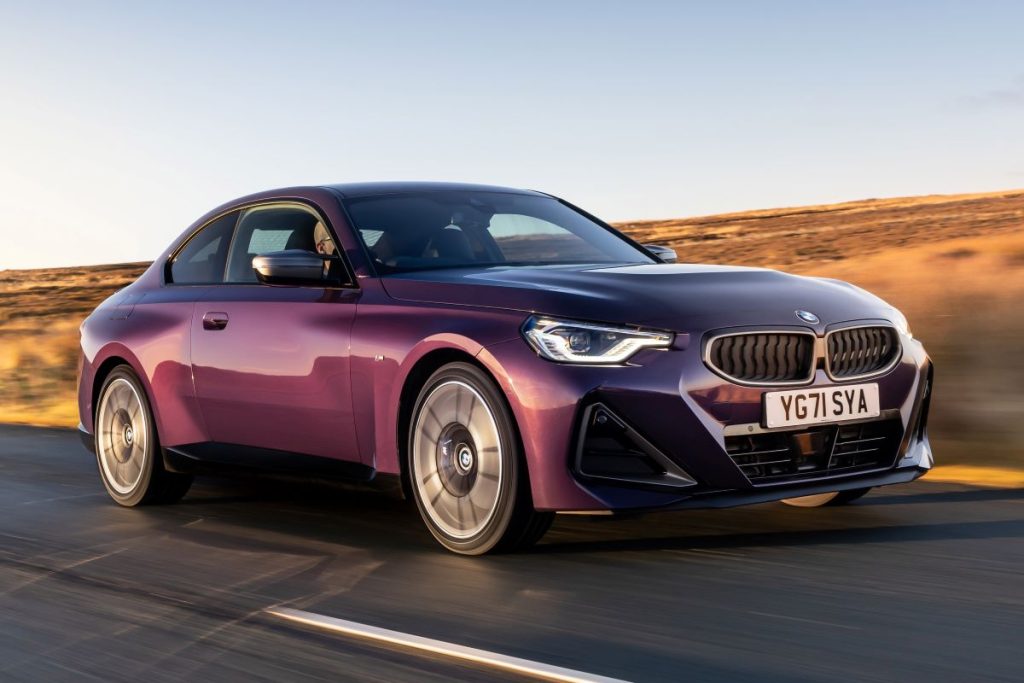
Fuel efficiency is rated at 23 mpg in the city and 32 mpg on the highway. The 2 Series is not just one of the most fun BMW models to drive—it’s also among the most reliable.
It boasts agile handling, strong acceleration, and a premium interior that perfectly blends performance with luxury. On the reliability front, it has an average yearly maintenance cost of $922, estimated maintenance expenses over ten years total $14,200, and it has had two recalls reported.
2023 BMW 5 Series
Moving up the lineup, the 2023 BMW 5 Series remains a top choice for those seeking a refined, quiet, and luxurious midsize sedan. It offers a range of powertrain options, though the base models—530i and 530i xDrive—are the most favored by buyers.
These versions are equipped with a 2.0-liter turbocharged 4-cylinder engine paired with an 8-speed automatic transmission. The engine produces 248 horsepower and 257 lb-ft of torque, with driveline options that include both rear-wheel drive (RWD) and all-wheel drive (AWD).
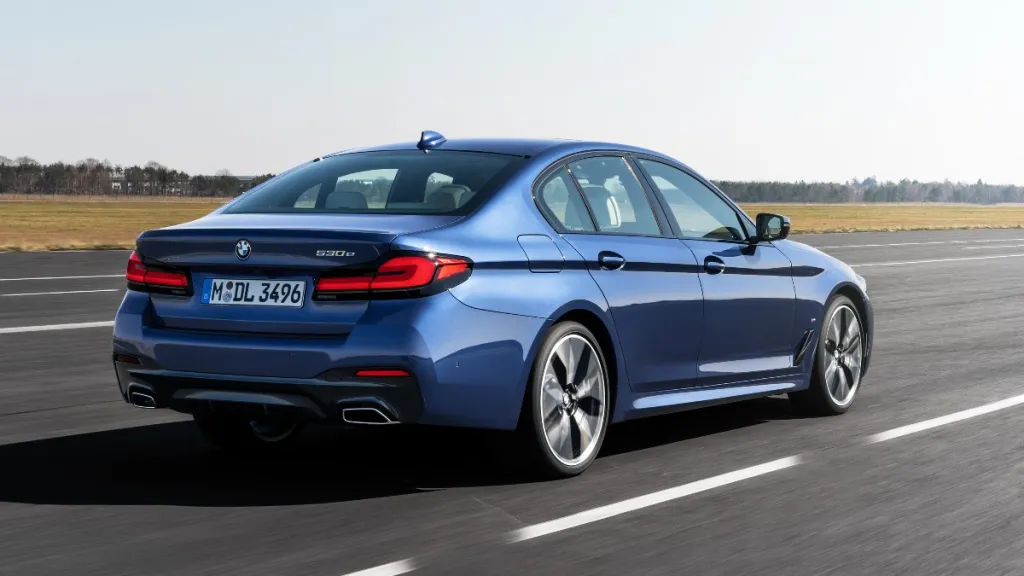
Fuel economy is rated at 25/33 mpg for the RWD model and 23/32 mpg for the AWD. Inside, the 5 Series offers a serene cabin filled with advanced technology and innovative features, along with a generous trunk for added practicality.
As far as reliability is concerned, this model maintains a solid reputation with an average yearly maintenance cost of $620, an estimated ten-year maintenance cost of $14,082, and just one recall to its name.
2023 BMW 8 Series
The 2023 BMW 8 Series embraces a performance-first mindset, with the most popular powertrain reflecting the “go big or go home” attitude many drivers appreciate. The M850i xDrive stands at the top, delivering the most potent performance available in BMW’s flagship coupe.
Under the hood, this model is equipped with a 4.4-liter turbocharged V8 engine that pairs with an 8-speed automatic transmission. It produces an impressive 523 horsepower and 553 lb-ft of torque, sent to all four wheels through an AWD system.
Fuel economy is rated at 17 mpg in the city and 24 mpg on the highway. Much like the 4 Series, the 8 Series is offered in both coupe and convertible forms, presenting a more athletic alternative to the 7 Series.
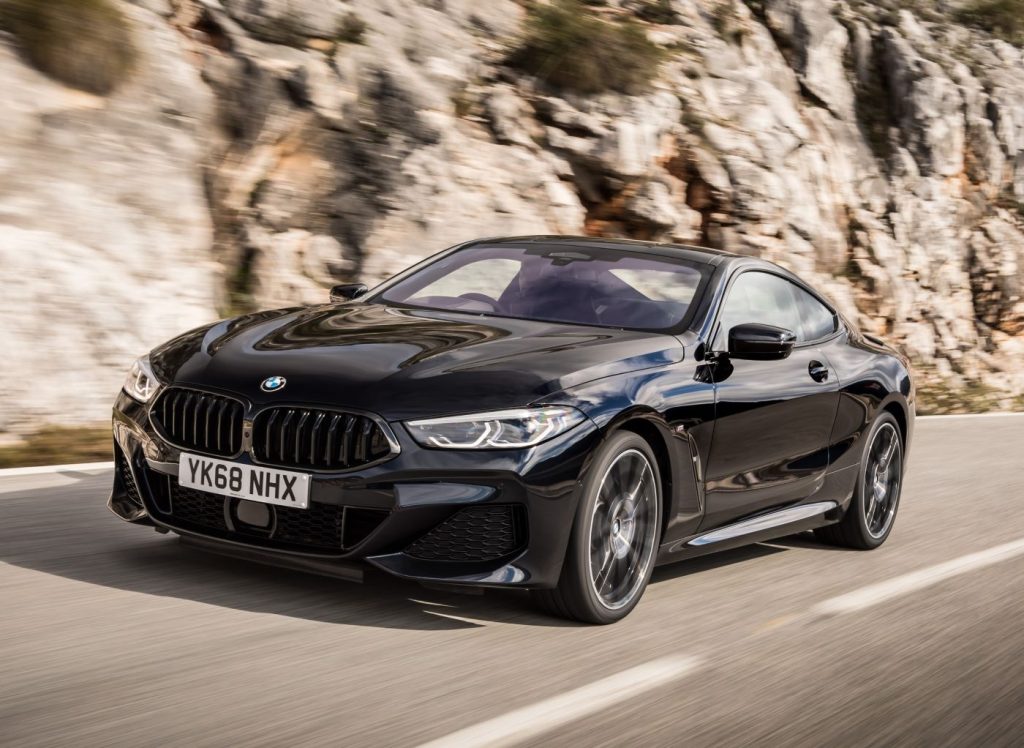
It’s a vehicle designed for long-distance cruising, offering a smooth ride and a cabin packed with upscale materials and refined touches. The luxurious interior enhances every journey, making it an excellent companion for extended road trips.
In terms of reliability, the 8 Series ranks highly, with average yearly maintenance costs of $968, estimated ten-year costs of $15,072, and no recalls to date.
2023 BMW X4
Moving to the 2023 BMW X4, this model exemplifies BMW’s trend of creating coupe-style variants across its SUV lineup. The X4 serves as the sportier counterpart to the X3, built on the same platform and sharing powertrains.
The most popular version is the xDrive30i, which uses a 2.0-liter turbocharged 4-cylinder engine mated to an 8-speed automatic transmission. This configuration generates 248 horsepower and 258 lb-ft of torque, delivered through an all-wheel-drive system.
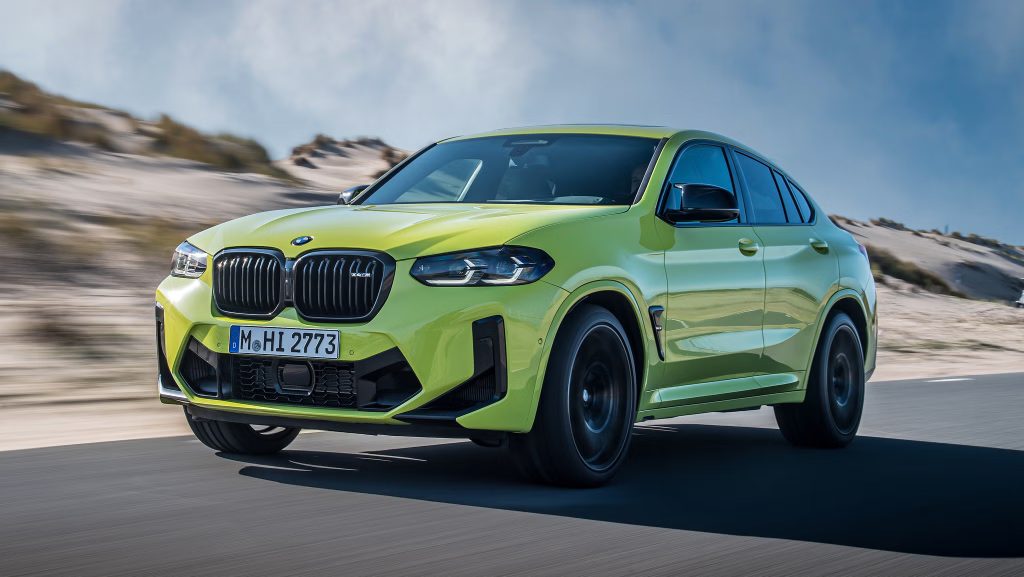
It offers a solid balance of performance and efficiency, with fuel economy rated at 21 mpg in the city and 28 mpg on the highway. For those who can forgo the extra cargo space of the X3, the X4 presents an appealing, stylish alternative.
It’s also one of the most reliable modern BMW SUVs, offering nimble handling and a premium feel that makes it stand out in the segment. Reliability-wise, the X4 has average annual maintenance costs of $988, projected ten-year maintenance expenses of $14,701, and has had one recall.
Also Read: 5 Chevys That Impress After Years and 5 That Disappoint Early
BMWs That Aren’t Reliable
BMW vehicles are often regarded as some of the most luxurious and dependable on the market. However, that doesn’t mean every model produced by Bayerische Motoren Werke AG lives up to the brand’s sterling reputation.
While BMW’s prestige remains intact overall, there are certain models that haven’t aged well and could end up being more of a financial burden than a smart investment.
Some used BMWs are plagued with a wide array of mechanical and electronic issues that could turn into serious headaches for unsuspecting buyers.
Common problems seen in these unreliable BMW models include engine failures, deteriorating hoses, persistent oil leaks, malfunctioning water pumps, overheating issues, electronic system failures, and temperamental valves.
Fortunately, not all BMWs are affected by these complications. However, the models that do suffer from them have become notorious within the used car market.
These are the types of cars that cautious buyers should think twice about, unless they’re enthusiasts who enjoy a challenge and are comfortable spending time under the hood. With that in mind, here are a few BMW models you might want to avoid if you’re shopping for a used vehicle.
2014 BMW X5
One of the standout models to be wary of is the BMW X5, particularly those produced between 2011 and 2014, as well as the 2019 edition. These mid-size SUVs have been associated with a range of reliability concerns.
Several model years of the X5 have received negative feedback, with the 2011 version standing out as the most problematic. The most common and serious complaint involves the vehicle stalling while driving — an issue that typically arises around the 68,000-mile mark and can cost approximately $4,400 to fix.
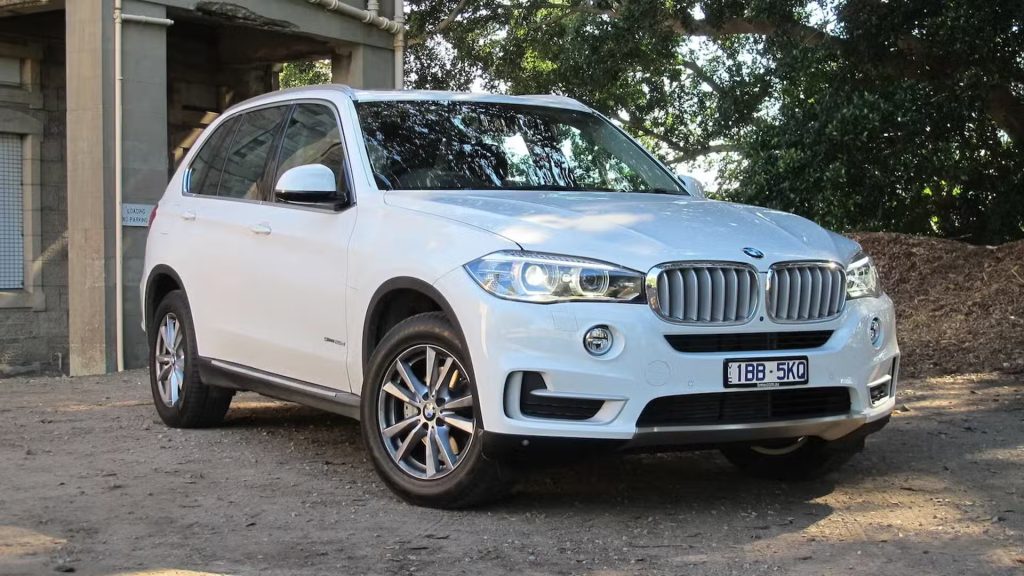
Furthermore, the BMW X5 is ranked poorly in terms of reliability, giving it a score of just 39 out of 100. Their research also shows that the average annual ownership cost for this SUV is about $1,166.
In addition to engine stalling, X5 owners have reported problems such as interior water leakage from rain, transmission failures, oil seepage, and other fluid-related issues.
2009 BMW E60 M5
The BMW E60 M5 is another model that potential buyers might want to think twice about—unless they’re prepared for high expenses and have plenty of time to dedicate to upkeep.
While undeniably fast, the E60 M5 distinguishes itself from other sedans with its remarkable V-10 engine that produces 500 horsepower and accelerates from zero to 60 mph in just 4.5 seconds.
While this performance is impressive and contributes to the car’s reputation for speed and sharp handling, it also comes with significant drawbacks—primarily the high maintenance and ownership costs that can be daunting for the average driver.
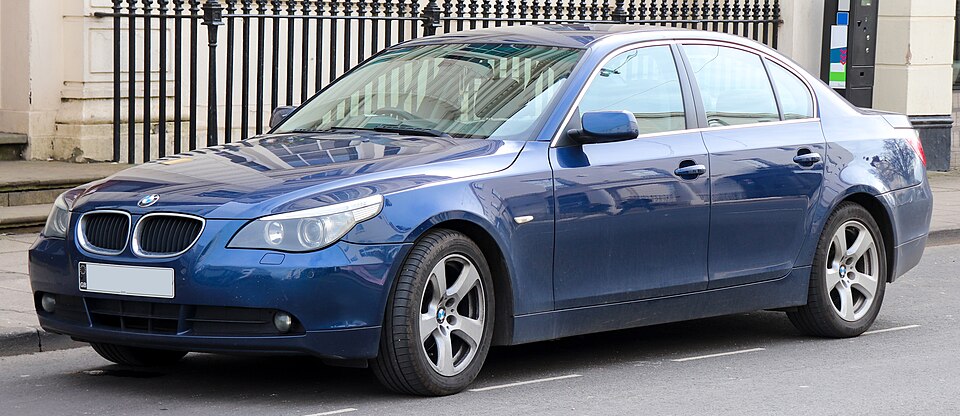
Frequently featured on lists highlighting BMW’s most expensive vehicles to maintain, the BMW E60 M5 owes its notoriety to the various issues tied to its high-powered engine. Among its most common problems are valve cover gasket leaks, transmission troubles, worn rod bearings, and failures with idle and throttle actuators.
Manufactured between 2004 and 2010, the E60 M5 continues to draw attention for the cost of keeping it on the road. According to Repair Pal, the annual maintenance cost is estimated at about $1,173.
These steep costs have sparked numerous discussions on platforms like Reddit, where owners and enthusiasts exchange tips and advice on how to minimize the financial burden of maintaining this vehicle.
While some drivers remain loyal to their E60 M5, it’s a relationship built on “tough love”—one that demands significant dedication and a willingness to deal with ongoing repairs.
2010 BMW E71 X6
The BMW E71 X6 is another model that often brings more than just the upfront cost—its hidden expenses can quickly add up. Specifically, the 2008 to 2010 versions of this compact SUV are known for a range of mechanical issues.
These include problems with the fuel pump, cooling system, oil leaks, waste-gate malfunctions, and solenoid failures.
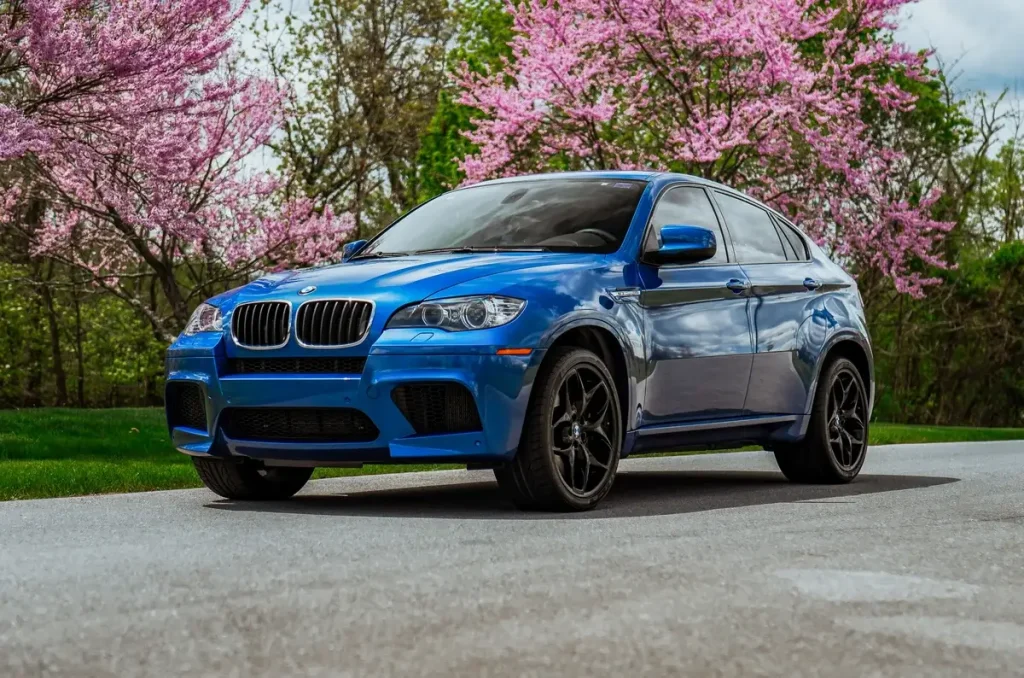
The X6 scores poorly when it comes to reliability, receiving a dismal 24.8 out of 100—far below the typical threshold of 50 or above that most vehicles achieve. Owners often find themselves dealing with unexpected and costly repairs.
The same source also criticizes the X6 for its frequency of major and unplanned repairs. It’s reported that, on average, the vehicle requires at least one major repair—defined as costing over $1,000—each year, adding up to roughly 2.9 major repairs over a three-year span.
2011 BMW 3 Series
Moving on to another problematic BMW, the 3 Series—offered in coupe, sedan, and convertible configurations—has not been immune to issues either. Despite its luxurious appeal, many of the models from 2007 to 2013 suffer from a wide range of recurring problems.
These include oil leaks, excessive vibrations, non-functioning power windows, reduced engine performance due to airflow issues, low oil pressure, erratic power steering, overheating engines, and more. These complications make owning a 3 Series during those years an expensive proposition.
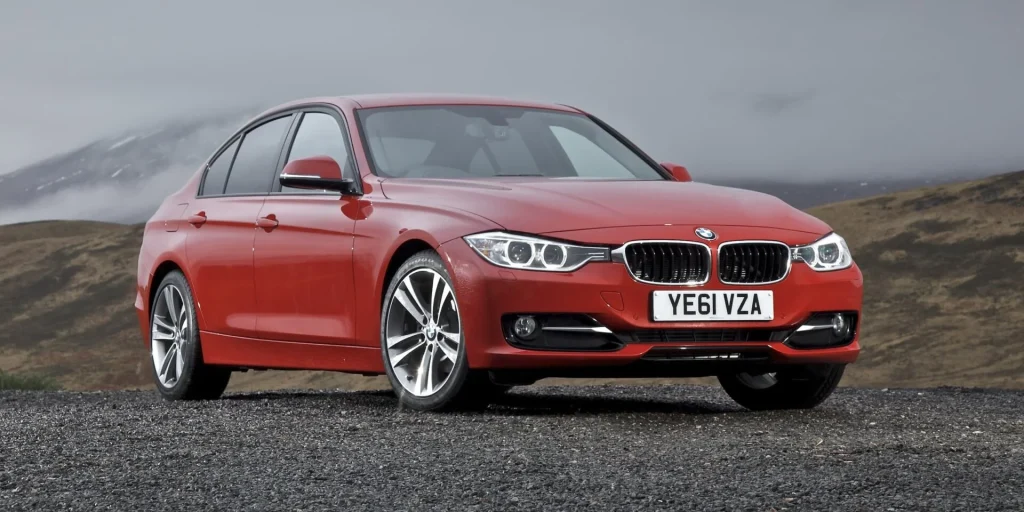
Some versions of the BMW 3 Series were even subject to airbag-related recalls, further underscoring the potential risks involved. While these models are known to be quicker than many comparable sedans, maintaining them comes at a premium.
RepairPal states that the average yearly maintenance cost for the 2011 BMW 3 Series is approximately $1,030. In light of this, owning a 2007 to 2013 3 Series may demand both a generous budget and a watchful eye.
2013 BMW X3
BMW’s X3 is widely considered one of the brand’s most problematic models and is frequently cited as a vehicle to avoid, particularly in the compact SUV category. Specific model years that tend to raise red flags include 2013, 2015, and 2020.
These versions of the X3 share a number of mechanical issues with the X5, largely due to the use of similar parts. Common problems include oil leaks—an issue prevalent across many used BMWs—water intrusion from the sunroof, timing chain guide failures, faulty window regulators, and radiator-related overheating.
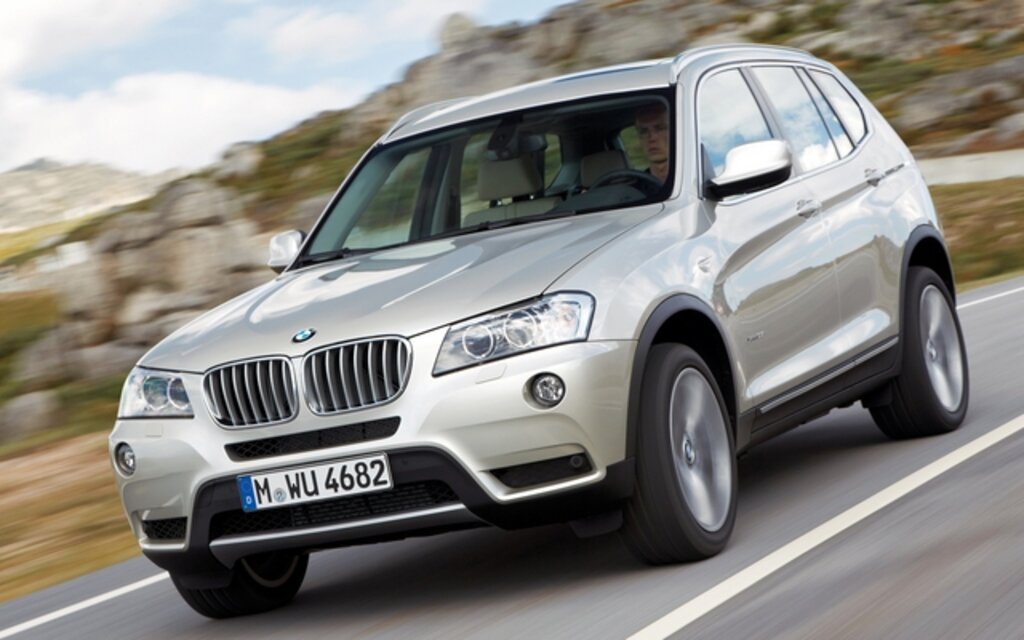
It provides insight into the ownership experience, estimating the X3’s annual maintenance costs to be around $1,034. The site also assigns the model a reliability rating of 50.3 out of 100, placing it just at the edge of what might be considered average.
What’s more concerning is the frequency of major repairs associated with the X3. A “major repair” is defined as one that costs over $1,000, and on average, the X3 requires such repairs approximately 2.52 times over a three-year span. This is significantly higher than the industry average of about 1.3 major repairs over the same period.

